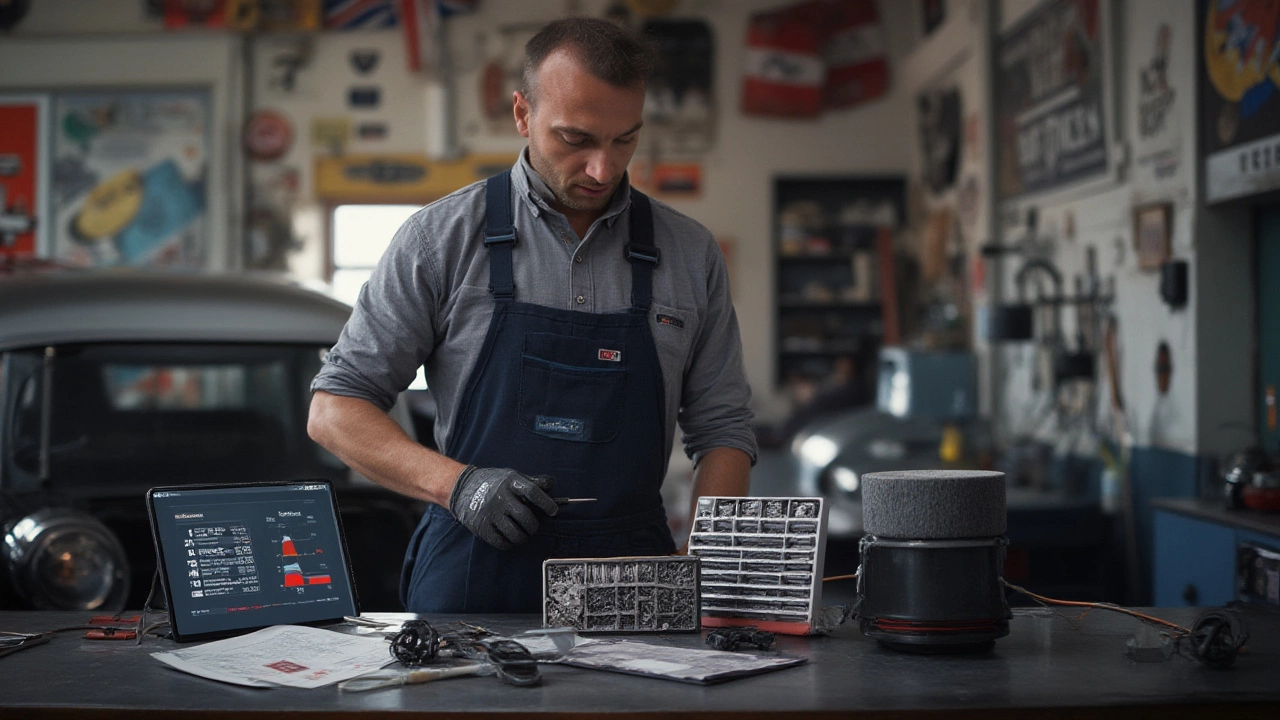Horsepower Gains: Quick, Real Ways to Add Power
Want more zip when you hit the accelerator? You don’t need a magic formula – just a few proven tweaks. Below are the upgrades that really move the needle, how much power they add, and what to watch out for.
Simple Engine Breathing Mods
A cold air intake is the classic first step. By pulling cooler air from outside the engine bay, it lets the engine burn fuel more efficiently. Most owners see a 3‑5% boost, which translates to 5–15 extra horsepower on a 200‑hp car. Install it yourself, but make sure the intake path stays clear of water.
Next, upgrade the air filter. A high‑flow performance filter reduces restriction compared to a stock paper filter. The gain is smaller – usually 1‑3% – but you’ll notice a slightly cleaner sound and a bit more throttle response. Pair it with the cold air intake for the best overall breathing improvement.
Exhaust Tweaks that Add Power
Removing the resonator (a resonator delete) can free up a few horsepower. The resonator dampens sound, not flow, so taking it out lets exhaust gases exit a bit quicker. Expect 2‑4% more power, plus a louder, sportier note. Check local noise laws before you go full‑on.
A full cat‑back exhaust system does the same thing on a larger scale. Bigger pipes and smoother bends reduce back‑pressure. Most drivers report 5‑10% gains, especially on turbo‑charged cars. The trade‑off is higher cost and a louder ride.
If you’re chasing more power on a naturally aspirated engine, a mild cam upgrade can push the rev range higher. That often adds 5‑10 horsepower, but it may affect idle smoothness. Have a tuner check the timing to keep the engine safe.
Weight Reduction for Effective Power
Cutting weight doesn’t increase horsepower, but it makes the car feel quicker. Swapping steel parts for carbon fiber, such as a hood or interior panels, can shave 20‑40 kg. The power‑to‑weight ratio improves, giving you a noticeable bump in acceleration without any engine work.
Even smaller steps help: removing unnecessary seats, using lightweight wheels, or replacing a heavy exhaust muffler with a lighter one. Each kilogram saved feels like a few extra horsepower when you sprint off the line.
Electronic Tunes and Software
Modern cars love a good ECU remap. A proper tune can safely raise boost pressure on a turbo, adjust fuel maps, and sharpen throttle response. Gains vary widely – from 5% on a modest map to 15% or more on an aggressive one. Always work with a reputable tuner and keep an eye on exhaust gas temperature.
Some owners think a tune is required for a cold air intake, but most don’t need one for the small flow increase. If you combine several mods, a tune helps the engine blend them together and avoid limp mode.
What Not to Expect
Wheel spacers look cool, but they don’t add power. In fact, they can change handling and put extra stress on bearings. Stick to breathing, exhaust, weight, and software upgrades if horsepower is the goal.
Remember, every car reacts differently. Start with one change, measure the difference (a simple dyno or a 0‑60 test), then decide on the next step. That way you avoid overspending and keep the car reliable.
Bottom line: a cold air intake, a good filter, a resonator delete or cat‑back exhaust, a light carbon fiber part, and a sensible tune are the most effective ways to see real horsepower gains. Mix and match wisely, stay legal, and enjoy the extra punch when you floor it.

